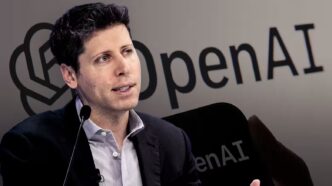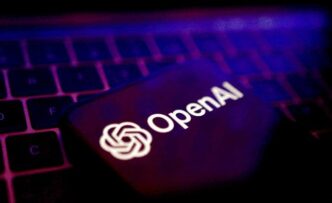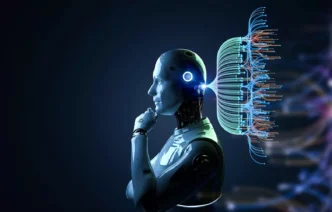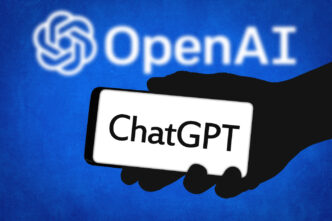OpenAI has revised its Preparedness Framework—the system it uses to assess and manage AI safety during model development and release. In a recent update, OpenAI noted that it may “adjust” its safety measures if a rival AI lab deploys a high-risk model without equivalent protections.
The revision highlights growing competitive pressures in the AI industry. Critics have accused OpenAI of relaxing safety standards in favor of quicker model launches and neglecting timely safety reporting. Just last week, 12 former OpenAI employees filed a statement in Elon Musk’s lawsuit against the company, warning that future corporate restructuring could further compromise safety.
Addressing concerns, OpenAI stated any adjustment to safeguards would follow a thorough review. “We would first rigorously confirm that the risk landscape has actually changed,” the company wrote in a Tuesday blog post. They also pledged to publicly disclose changes and maintain safeguards at a “more protective” level.
The updated framework emphasizes increased reliance on automated evaluations to speed up model development. While human oversight hasn’t been fully removed, OpenAI has built a “growing suite of automated evaluations” to support faster iteration.
However, reports from the Financial Times suggest otherwise. Insiders claim safety testing periods are shrinking, sometimes giving testers less than a week. Many tests are also said to be run on earlier model versions, not the final public release.
Additional updates now require models to meet one of two risk thresholds: “high” capability—those that could amplify existing threats—and “critical” capability—models that may introduce new, severe risks. High-capability systems must be secured before deployment; critical ones must be safeguarded even during development.
These are the first major updates to OpenAI’s safety policies since 2023.













